Robot Components: Robots are multifaceted systems made up of several components. These components are typically designed to grant the robot its sensing, actuation, and processing capabilities. Here’s an overview of the 8 Most Important primary components found in many robots:
Mechanical Components of Robot
- Frame/Body: Provides structure and shape to the robot.
- Actuators: Convert energy into movement. Common actuators include motors (DC, servo, and stepper motors), linear actuators, and pneumatics.
- End Effectors: The device at the end of a robotic arm, designed to interact with the environment. Examples are grippers, tools, or sensors.
- Transmission: Systems like gears, belts, or chains that transfer the movement generated by the actuator to the end effector.
- Joints: Allow relative movement between different parts of the robot. They can be rotary (rotational) or prismatic (linear).
Robot Components in Sensors
- Position and Velocity Sensors: Detect changes in position or speed of robot parts.
- Proximity and Range Sensors: Measure the distance between the robot and an object, like ultrasonic or infrared sensors.
- Vision Systems (Cameras): Allow the robot to receive visual information from its surroundings.
- Inertial Measurement Units (IMUs): Measure linear and angular motion.
- Environmental Sensors: Such as temperature, humidity, or gas sensors.
- Tactile Sensors: Detect touch or pressure.
Control System of a Robot
- Microcontroller or Microprocessor: Acts as the brain of the robot, processing information and sending commands.
- Motor Drivers: Control and drive the motors based on commands from the microcontroller.
- Feedback Systems: Integrate sensors to provide real-time data back to the controller, enabling responsive actions.
- Control Algorithms: Software methods used to achieve desired motions or actions.
Component of Robot in Power Supply
- Batteries: Commonly used in mobile robots.
- Mains Power: Used for stationary robots or those with high energy demands.
- Solar Panels: Provide power in some outdoor robots.
- Fuel Cells: An emerging energy source for some robotic applications.
Communication System of Robot
- Wired Systems: Ethernet, USB, etc.
- Wireless Systems: Wi-Fi, Bluetooth, Zigbee, cellular networks, etc.
User Interface of a Robot
- Software Interface: Allows users to program or give commands to the robot.
- Physical Interface: Buttons, joysticks, or touchscreens used to control the robot.
Software and Programming Structure
- Operating System: Systems like the Robot Operating System (ROS)
- provide a platform for robot software development.
- Middleware: Facilitates communication and data sharing between different
- software components.
- Algorithms: Dictate the robot’s decision-making, planning, and behavior.
Safety Systems
- Emergency Stop: Ensures the robot can be immediately deactivated.
- Collision Detection: Prevents the robot from causing harm due to unexpected collisions.
It’s worth noting that the specific components of a robot can vary widely based on its intended function and design.
Also Read:
What is the difference between Robots and Ordinary machines?
What is the difference between Robots and Robotics?

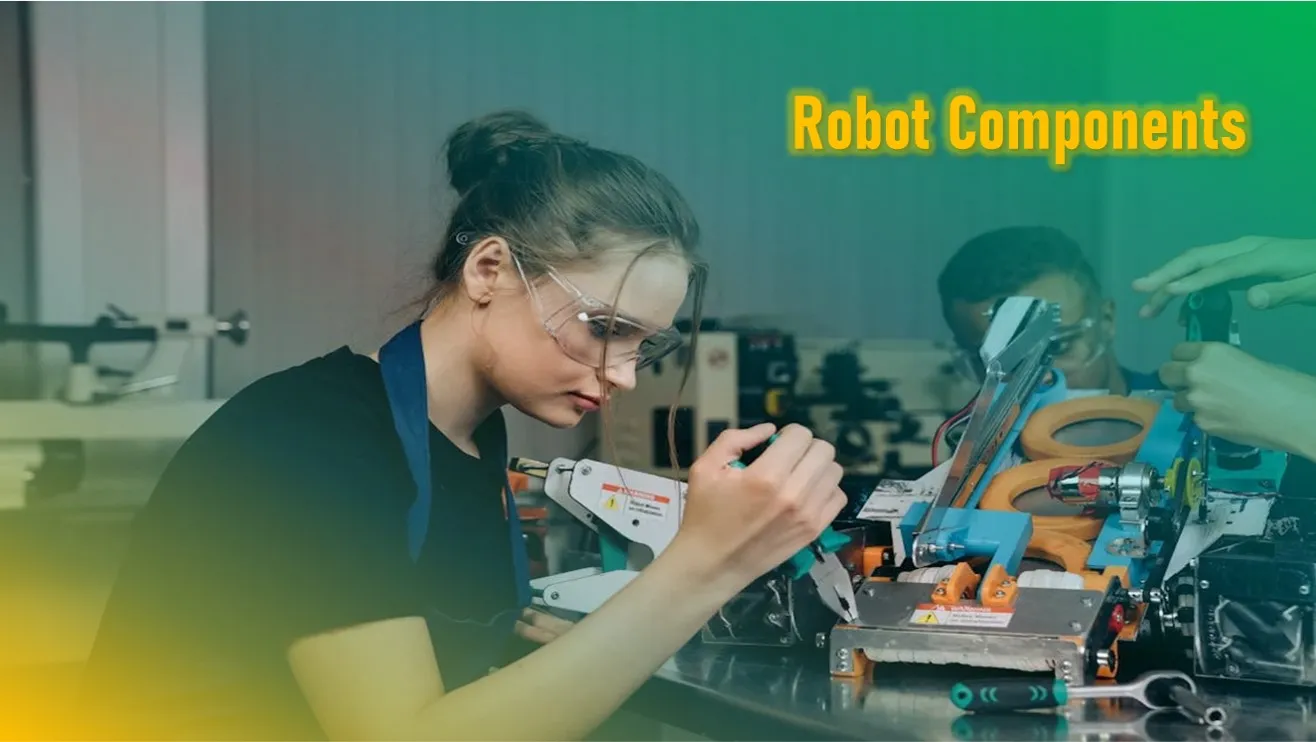
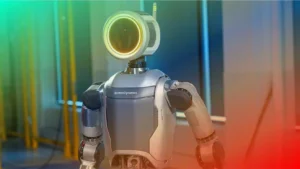
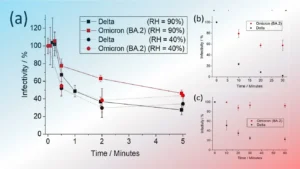

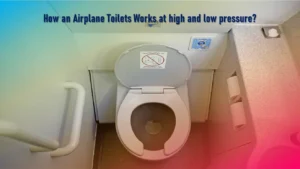
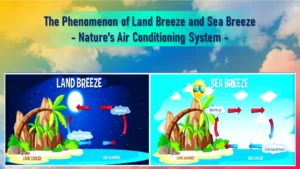





1 thought on “8 Most Important Robot Components – Software, Hardware and User Interface”